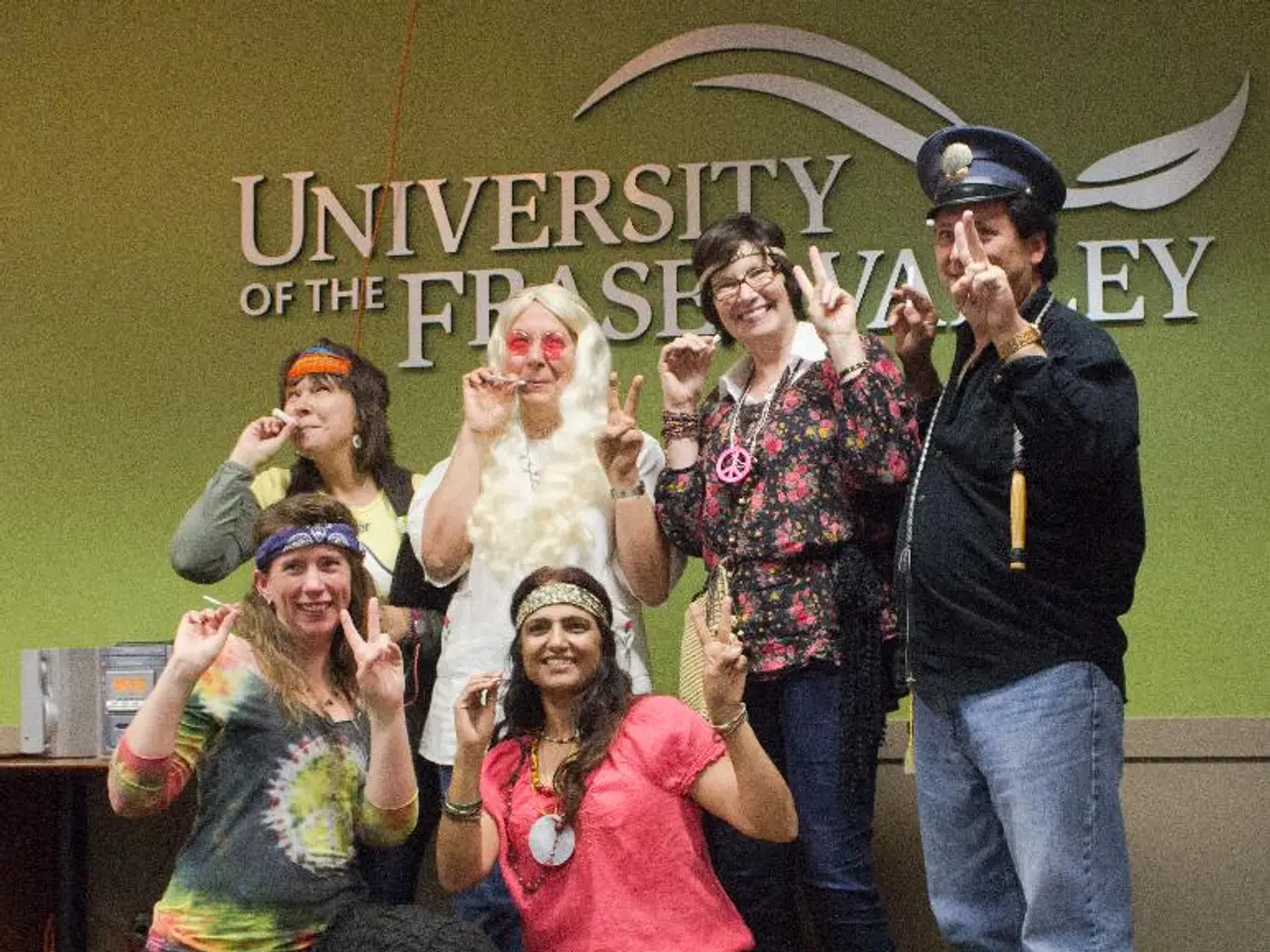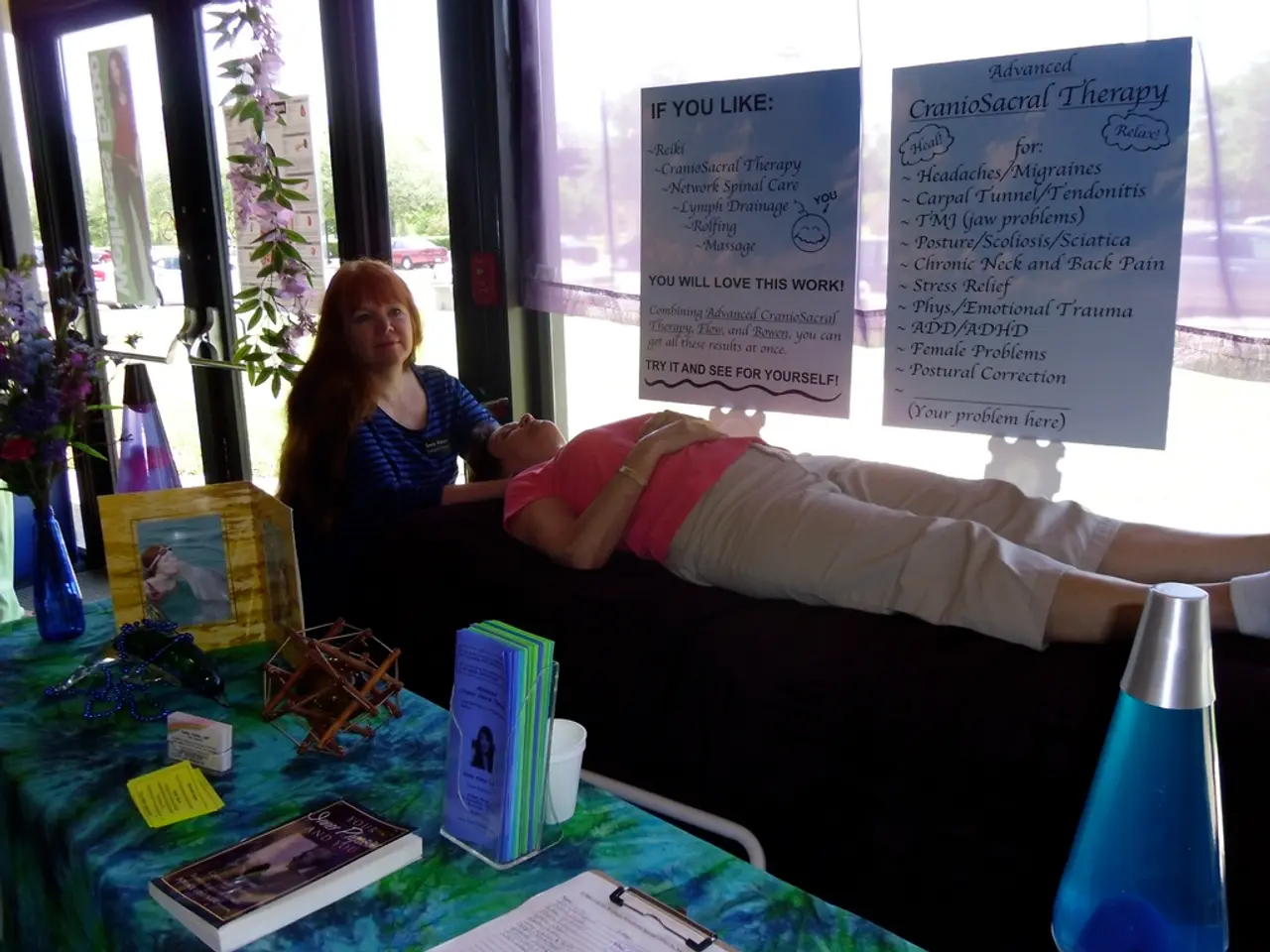Answers to Fifty Curiosities Surrounding the Human Anatomy
=============================================
The human body is a complex and intricate system, composed of various parts that work together in harmony. Here are some fascinating facts about the human body that you might find interesting:
Anatomy and Structure
- The human body consists of 206 bones, with the longest bone being the femur, located in the leg. This bone must support a good part of the body's weight, making it the strongest bone in the human body. The smallest bone in the human body is the stapes, which is one of the three bones that make up the chain of ossicles of the middle ear; It is located in the eardrum cavity and is only 2.5 to 3 millimeters long.
- The human body is made up of 60% water, and an adult person has between 4.5 to 6 liters of blood in the body.
- The human brain, a vital organ, measures approximately 1,100/1,300 cubic centimeters and weighs 1,500 grams. It is composed of 4 lobes: frontal, temporal, parietal, and occipital.
Senses and Perception
- Humans have 5 senses: sight, hearing, touch, smell, and taste. We can perceive 5 different flavors: sweet, salty, bitter, acidic, and umami. The sound perception range of humans is between 20 to 20,000 Hz.
- The human eye can perceive around 1 million colors. To smile, with a real smile, we use 12 facial muscles.
Hair, Teeth, and Fingers
- An adult with healthy teeth has 32 teeth. All teeth are made up of three hard tissues: enamel, dentin and cementum, and a soft tissue that is the dental pulp. In one day we can lose between 50 to 100 hairs, which can also vary depending on the season of the year. Fingernails grow between 2.5 to 3.5 millimeters per month, and toenails grow between 1 to 2 millimeters per month.
- There are no two identical fingerprints, not even homozygous twins, identical twins, have the same ones.
Blood and Immune System
- There are 4 blood groups: A, B, 0, and AB. The blood group considered a universal donor is negative 0, and the blood group considered a universal recipient is AB positive. The liver is the only organ that can regenerate.
Muscles and Motion
- The human body consists of more than 650 muscles. The longest muscle in the human body is the sartorius, which runs from the pelvis to the lower part of the knee.
Respiratory and Circulatory Systems
- On average, people can go between 2 to 3 minutes without breathing. The normal range of heart beats per minute in healthy adults is between 60 to 100.
- Food takes between 6 to 8 hours to pass through the stomach and small intestine, about 36 hours to pass through the entire colon, and is evacuated as feces after 2 to 5 days.
Endurance and Survival
- The longest time a person has gone without sleep is 11 days. On average, people can go 40 days without eating, and 3 to 5 days without drinking water.
Regeneration and Growth
- Approximately 1,400 neurons are regenerated in one day. Human hair grows approximately between 0.3 to 0.4 millimeters per day. Permanent teeth take on average about 3 months to emerge.
References:
[1] Anatomy Learning Centre. (n.d.). Skeletal system. Retrieved 10 March 2023, from https://www.anatomylearningcentre.com/anatomy-learning-centre/anatomy-systems/skeletal-system/
[2] Anatomy Learning Centre. (n.d.). Muscular system. Retrieved 10 March 2023, from https://www.anatomylearningcentre.com/anatomy-learning-centre/anatomy-systems/muscular-system/
[3] Anatomy Learning Centre. (n.d.). Nervous system. Retrieved 10 March 2023, from https://www.anatomylearningcentre.com/anatomy-learning-centre/anatomy-systems/nervous-system/
[4] Anatomy Learning Centre. (n.d.). Respiratory system. Retrieved 10 March 2023, from https://www.anatomylearningcentre.com/anatomy-learning-centre/anatomy-systems/respiratory-system/
[5] Anatomy Learning Centre. (n.d.). Digestive system. Retrieved 10 March 2023, from https://www.anatomylearningcentre.com/anatomy-learning-centre/anatomy-systems/digestive-system/
[6] Anatomy Learning Centre. (n.d.). Circulatory system. Retrieved 10 March 2023, from https://www.anatomylearningcentre.com/anatomy-learning-centre/anatomy-systems/circulatory-system/
[7] Anatomy Learning Centre. (n.d.). Urinary system. Retrieved 10 March 2023, from https://www.anatomylearningcentre.com/anatomy-learning-centre/anatomy-systems/urinary-system/
[8] Anatomy Learning Centre. (n.d.). Endocrine system. Retrieved 10 March 2023, from https://www.anatomylearningcentre.com/anatomy-learning-centre/anatomy-systems/endocrine-system/
[9] Anatomy Learning Centre. (n.d.). Immune system. Retrieved 10 March 2023, from https://www.anatomylearningcentre.com/anatomy-learning-centre/anatomy-systems/immune-system/
[10] Anatomy Learning Centre. (n.d.). Study tips for anatomy. Retrieved 10 March 2023, from https://www.anatomylearningcentre.com/anatomy-learning-centre/study-tips-for-anatomy/
Psychology might delve into the cognitive processes involved in processing sensory information from the various organs, such as the brain and eyes, to understand perception. Nutrition, on the other hand, could study the role of different foods in supporting the health and wellness of the digestive system, considering the average time food takes to pass through the stomach and intestine. In the realm of medical-conditions, scientists may explore possible effects of nutritional deficiencies on the ability to survive without food for extended periods. Additionally, the science of nutrition could investigate the impact of hydration on endurance, as individuals can go several days without eating but only a few days without drinking water.




